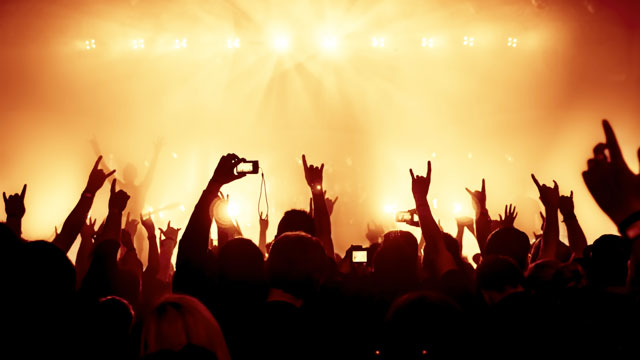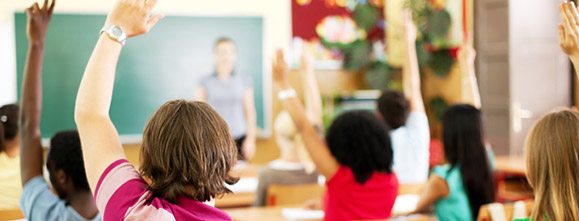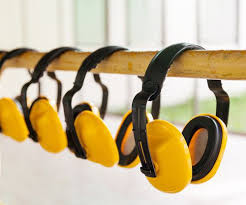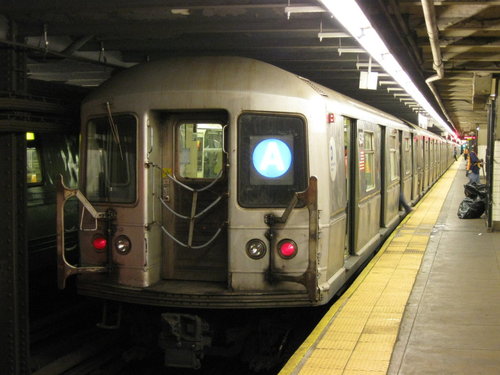This year’s Super Bowl was a sleeper, but it doesn’t take a championship game to rock the rafters in noise level.

For many people, the sounds of a sporting event are part of the experience. People want or even crave the sound of cars racing around a track or the collective rumble of fans cheering or chanting when their team has a great play. To appreciate just how loud sporting events can be here are some record-breaking facts:
The loudest sporting event ever: On September 29, 2014 the loudest crowd roar was recorded at a Kansas City Chiefs game, at Arrowhead Stadium in Kansas City, Missouri. The roar clocked in at 142.2dB and was recorded with eight seconds remaining in the first quarter.
The loudest college sporting event: In 1992, during a game between the Nebraska Huskers and the Washington Huskies, a whopping 133.6dB sound level was recorded at Husky Stadium. According to Wikipedia.com, Husky Stadium has long been recognized as one of the loudest stadiums in the nation. This is in part due to the stadium’s design; almost 70 percent of the seats are located between the end zones, covered by cantilevered metal roofs that trap the sound.
The loudest crowd-roar at an indoor sporting event: Fans attending the Sacramento Kings vs. Detroit Pistons game at Sleep Train Arena on November 15, 2013 certainly got an earful. Screaming fans achieved a 126dB sound level during a fourth quarter timeout.
To put that into perspective, the sound level of an aircraft carrier flight deck is averaged at 130 dB.
Unprotected exposure to sound levels this loud, though perhaps exciting in the moment, comes with a price: damage to your hearing. In fact, exposure to a sound that is 120dB or louder causes immediate damage
It’s important to point out that most sporting events don’t always clock in at these extremely loud levels but they are still very loud and can be hazardous to your hearing. To figure out if you are at risk, you must consider two things: the loudness level and how long you may be exposed to it. Do you know how loud your favorite sporting event is? Probably not, so here are some sound-level ranges for popular sporting events as reported from the Noise Navigator Sound Level Database.
Professional Sporting Event Loudness Level in dB
Basketball 99-118
Football 91-81
Soccer 100
Car Race (Formula One, Nascar, Stock) 90-115
Baseball 85-107
Hockey 99-103
Now, think about how much time you spend at these events and keep in mind that as the sound level increases, the time in which you can be exposed to it decreases. For example, if you go to a basketball game that is 97dB loud, you can only be exposed to this level for 30 minutes before you run the risk of damaging your hearing. Most basketball games are one to two hours long so in order to ensure you don’t damage your hearing you would need to wear hearing protection.
Hearing protection can quickly take a dangerous sound level to a safer one and allow you to enjoy the whole sporting event without the damaging effects or the noise hangover (i.e. ringing ears, muffled hearing, fatigue, and headache). There are many kinds of hearing protection to meet your needs and that allow you to still enjoy the experience.
To get an even more accurate idea of just how loud a sporting event is and if you should be wearing hearing protection, download a sound level meter app to your smartphone. Starkey Hearing Technologies offers a free app called SoundCheck that uses the microphones on the device to measure sound levels and inform you if your ears may be in danger.
If you are ever without a phone, keep in mind your ears can be your warning system for dangerous levels as well. Sound levels are too loud when:
- You have to raise your voice to be understood by someone standing nearby
- The noise hurts your ears
- You develop a buzzing or ringing sound in your ears, even temporarily
- You don’t hear as well as you normally do until several hours after you get away from the noise.
This is the final entry in our “Sound of Photos” Series. We hope that you’ve found the information helpful and it has encouraged you to take good care of your hearing.
If you live in the New York City area and want to get your hearing checked or have some custom ear plugs made, feel free to wear your favorite team’s jersey to the appointment; we’ll save the trash talk for game time!
Audiological Diagnostics • We’re All Ears™
Offices in Brooklyn, Manhattan & Queens
(718) 745-2826




